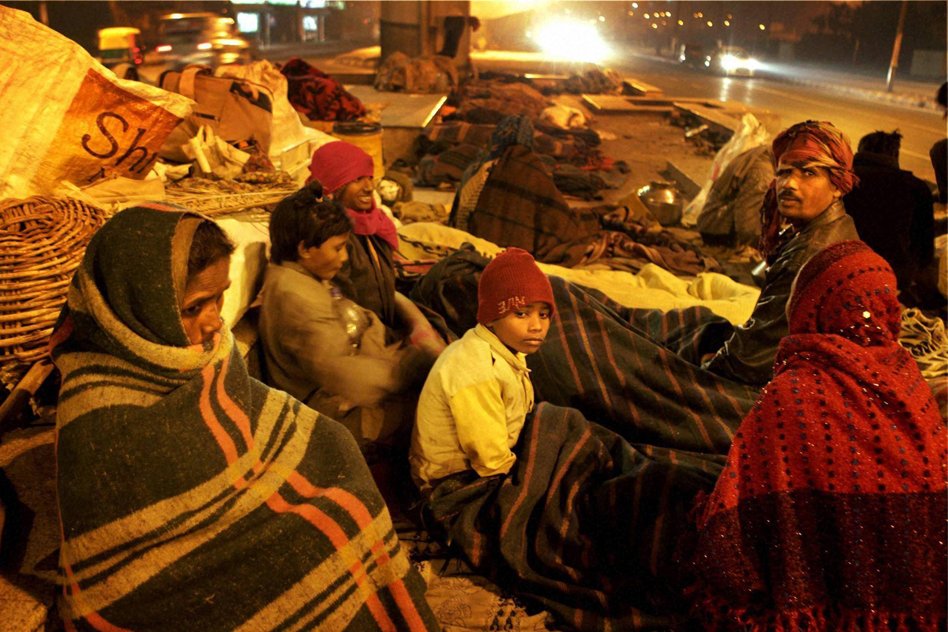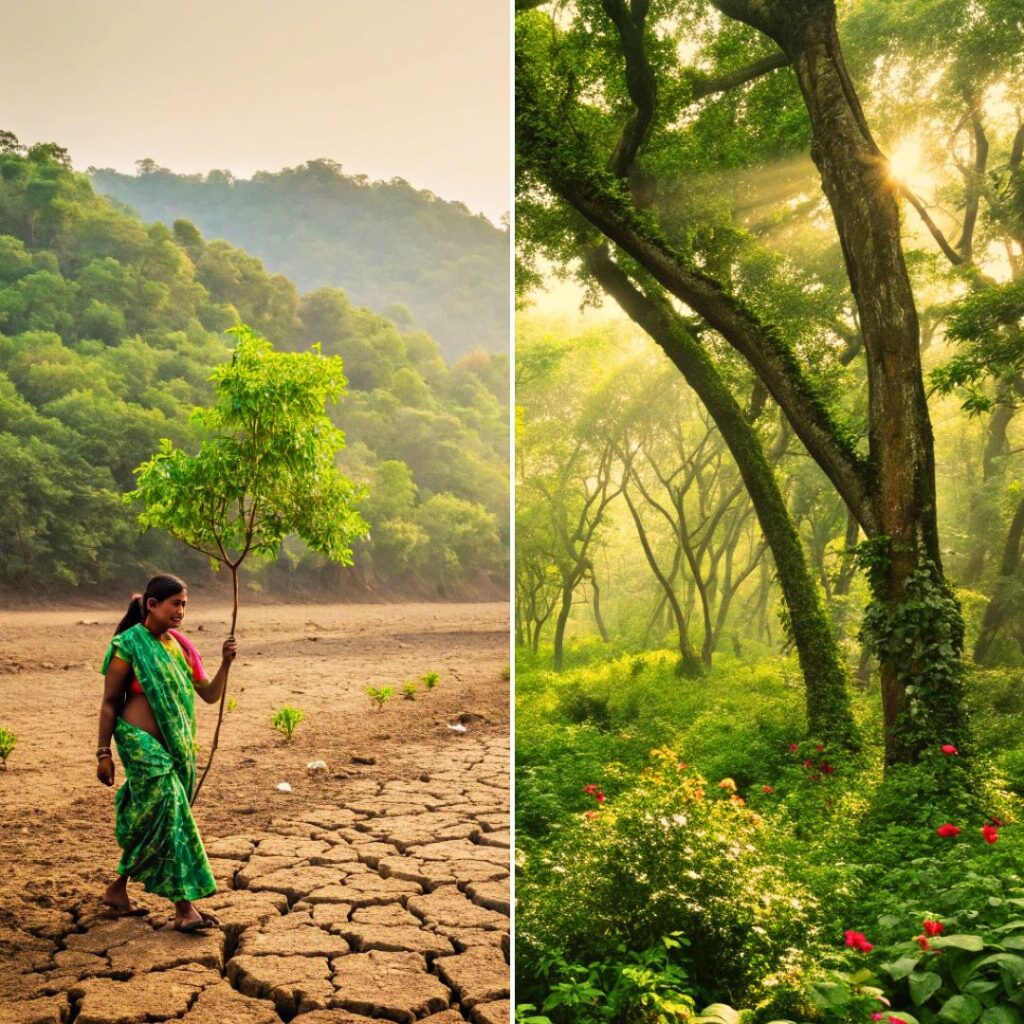Image Courtesy: timesofindia
The recurring adversities brought along by winters in north India wreak havoc across the northern belt causing a large number of deaths due to exposure to fatal low temperatures. Over the last two decades the death toll in the northern part of the country has been consistently increasing during the winter months. According to the Centre for Holistic Development, 279 people died in December 2014 following 225 deaths in November in Delhi alone. Almost 80 percent of the unidentified dead bodies are homeless which is bound to happen in a city that is estimated to have over 55,000 homeless people. So many more people that live in the slums are not equipped to deal with the winters and are the most vulnerable to harsh winds. Although the government claims to have enough shelters for the homeless, Delhi has only 222 shelters, including temporary tents for winters, which can accommodate at most 17,000 people leaving so many others at the mercy of the cold winds of Delhi’s winters.
Despite the sincere efforts of the Supreme Court to provide shelters with adequate provisions, the state governments have failed to construct the required number of shelters in the country. There is a huge disparity in the number of sanctioned shelters and the number of actual shelters being constructed across India. The Supreme Court took notice of the terrible conditions of the homeless in January 2010 when it directed the Delhi Government to construct shelter houses immediately to curb the number of winter deaths. The intervention was successful at that time yielding numerous shelter houses in a short span of time doing some damage control during the harsh winter period although they were never capable of housing all the homeless people of Delhi. In March 2010 the Supreme Court submitted detailed guidelines for building shelter houses and providing basic amenities required by those living in them. The National Urban Livelihoods Mission (NULM) has established a set of guidelines under the scheme of Shelter for the Urban Homeless (SUH) that helps to ensure cleanliness and hygiene in the shelters along with availability of basic requirements. Under the SUH, 75 percent of the cost incurred in building and refurbishing shelter homes will be provided by the central government. In spite of this move by the Centre the experience of monitoring the actual work taking place has shown that the officials have been extremely inefficient at setting up shelter houses. Although 601 shelters were sanctioned to be operational in Delhi, only 222 came into existence. Not a single shelter house has been built in Bihar which was sanctioned to have at least 48 homes for the poor.
A study conducted by the Tata Institute of Social Studies (TISS) found that majority of the shelters that existed in Delhi were running in buildings constructed with other intended purposes like marriage halls and community halls that failed to cater to the needs of the homeless. These shelters lacked toilets and a very few that did have toilets were maintained so poorly that the homeless people in those regions preferred to sleep in the cold biting winds outside than fall prey to the infections multiplying in the shelters. No clean beddings were seen in any of the shelters and there was no provision for proper drinking water. Also many of the shelters were built in regions that were inaccessible to most of the homeless who worked in other parts of Delhi and would not be able to afford transportation. Many women preferred not to stay in shelter houses in fear of abuse and assault that are not unheard of in the unmonitored shelter houses. Minimal facilities and pathetic maintenance results in underutilization of the shelter houses adding to the ever-increasing number of winter deaths.
The State’s negligence towards the establishment of life-saving shelters is unforgivable in circumstances where we have so many people sleeping in market corridors, bus stands, railway stations and places of worship while being constantly exposed to heat, cold, diseases and malnutrition. The homeless lose lives in large numbers but are unaccounted for. Majority of the bodies are never claimed and causes of death are never investigated. So many of these “invisible” men and women contribute to our nation as cheap labour but have no access to elementary services like health, food, water, education and sanitation. It is of prime importance to cater to the needs of the poor especially when there is enough impetus by the Central Government.
Submitted By – Meghana Bhaskar











